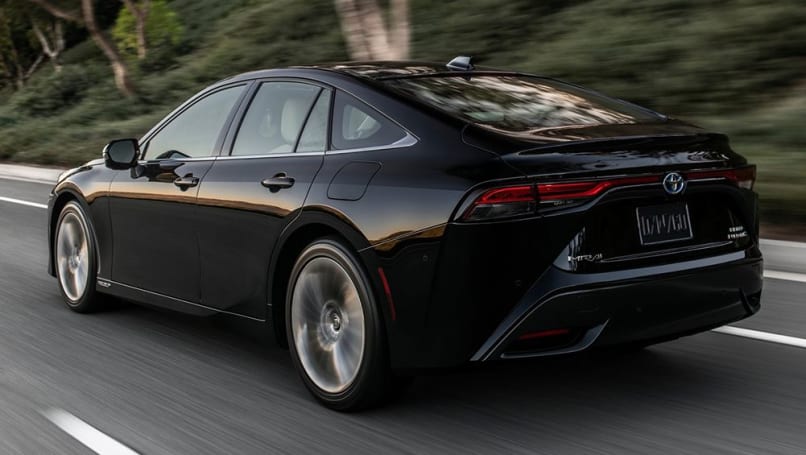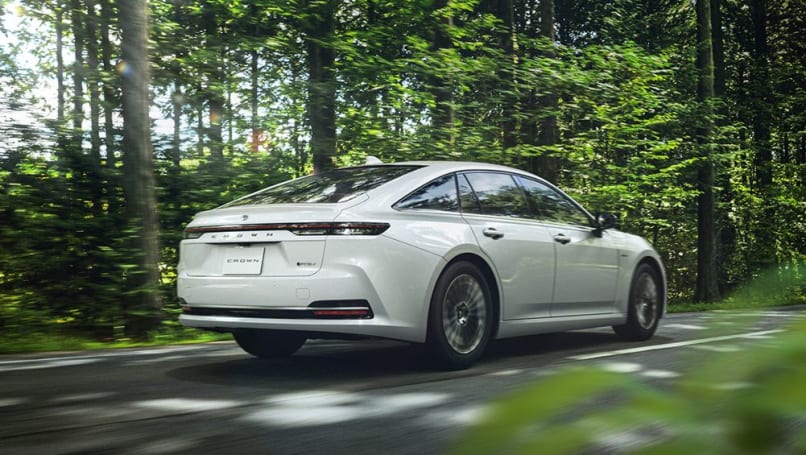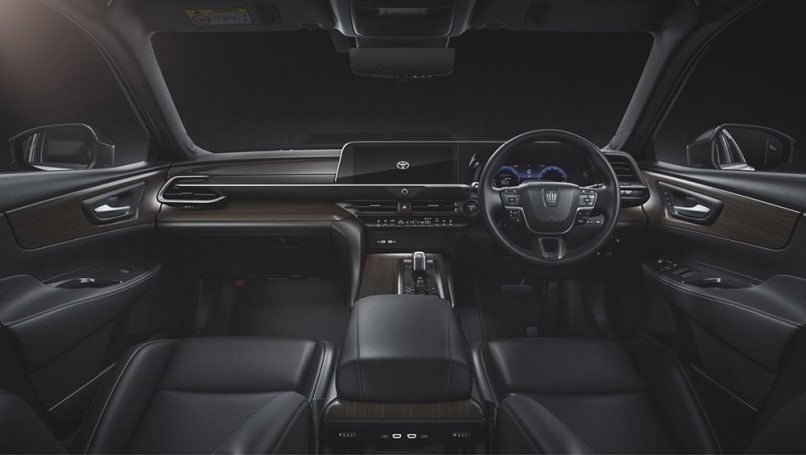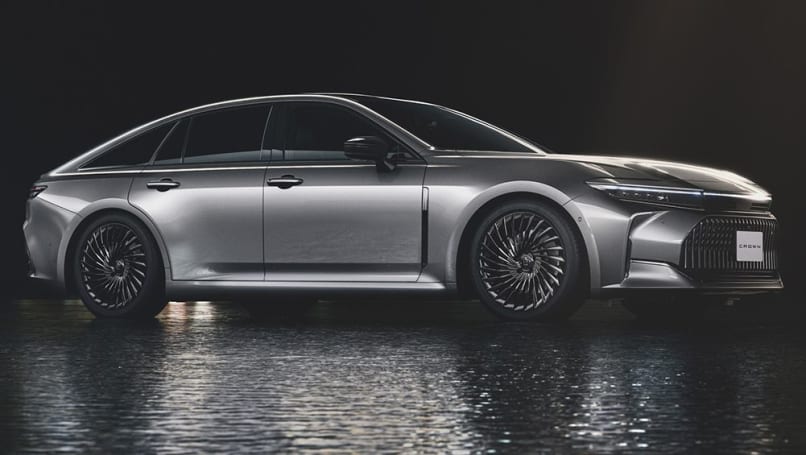
We need faster speed limits in Australia - and I'm not saying that because I'm a hoon | Opinion
Speed kills. It’s the message that we’ve had driven home for decades by law...
Browse over 9,000 car reviews

Toyota has revealed that it is on track to release hydrogen-powered fuel-cell electric vehicles (FCEVs) to the Australian general public from 2025.
Until now, only a select few corporate and government agencies associated with the Japanese corporation have been able to specially lease the pioneering Mirai FCEV since 2018 in Australia, and all have been limited by their proximity to a handful of hydrogen-refuelling infrastructure currently in existence.
According to Toyota Australia Vice President Sales, Marketing and Franchise Operations, Sean Hanley, a memorandum of understanding (MOU) concerning a national hydrogen-infrastructure rollout announced on October 31 and reached between several entities including Hyundai Motor Company Australia (HMCA), could see the Mirai – and other future FCEVs – available to consumers within two years.
"We've said around 2025," he revealed to members of the Australian media at the Japan Mobility Show in Tokyo. "(Back when the Mirai was announced), we thought that would be an ambitious horizon.
"We're depending on infrastructure, whether we can realise that or not, but hopefully as a result of the (MOU) activity, this will help us accelerate (towards that goal).
"We've always said that to build a hydrogen infrastructure, you need to bring government and energy companies all together, and we have to work together. So, this is a really positive first step towards that, but there's a long way to go… it is a starting point only (to work out challenges."

Which Toyota FCEV will actually be the first available to the general public is the big question.
While it is expected to be the current, second-generation Mirai introduced in 2020, an update, evolution or even redesigned version of that might be the model that makes it into dealerships.
Additionally, Toyota released a second FCEV at the Japan Mobility Show, based on the Mirai II's mechanicals, but wearing a sleek yet large fastback body about the size of a BMW 5 Series or Mercedes-Benz E-Class.

Known as the Crown Sedan, it makes visual references to the three other intriguing new Crown-branded models – the high-riding Crossover Estate and Crossover Sedan, as well as the swoopy low-riding Signia Sport wagon unveiled at the recent Los Angeles Auto Show.
However, because of the Mirai's FCEV technology lurking underneath its aero body, the Crown Sedan FCEV forsakes the others' GA-K transverse-engined Toyota New Global Architecture (TNGA), for the far-more-exclusive GA-L version with a longitudinal-mounted powertrain and rear-wheel drive.
Whichever direction Toyota chooses to go with FCEVs in Australia, it will most likely have hot competition from its MOU partner, Hyundai, as it too currently leases out the Nexo FCEV SUV. Right now, there are 23 examples in this country, mostly in Canberra as part of the ACT Government's hydrogen station project.

Along with Toyota and Hyundai, the MOU also brings together two fuel companies – Ampol and Pacific Energy – with the aim dramatically increasing the number of hydrogen filling stations, from fewer than 10 across Australia. These, by the way, are located in Melbourne, Canberra, Sydney, Brisbane and Perth.
Hanley added that the vehicles are ready to go.
"This is really only about infrastructure (holding us back)," he said.

"The cars are fine. We just need to get an infrastructure to support them. But you know, in fairness to energy companies, they need a commitment to vehicles coming to this country to sustain their investment.
"This is why this (MOU) is so deeply important and such a big announcement."
How big? As we reported last month, whoever is first with a publicly available FCEV in Australia, the MOU agreement is the most proactive step by the automotive industry towards the so-called hydrogen economy in this country.

"This partnership agreement brings together four like-minded companies that are all leading proponents of Australia's growing hydrogen economy," Handley read out in a statement.
"Both Toyota and Hyundai have fuel-cell electric vehicles in customer programs while Ampol and Pacific Energy are heavily invested in growing sustainable energy development and distribution.
"This MOU is a vital development because hydrogen ecosystems must involve sectors uniting so they can bring together their skills, technologies and applications.
"It's an agreement that demonstrates a commitment to work together on further opportunities to explore and grow this vital technology… which will play a role in the transition to more renewable energy sources."
Comments